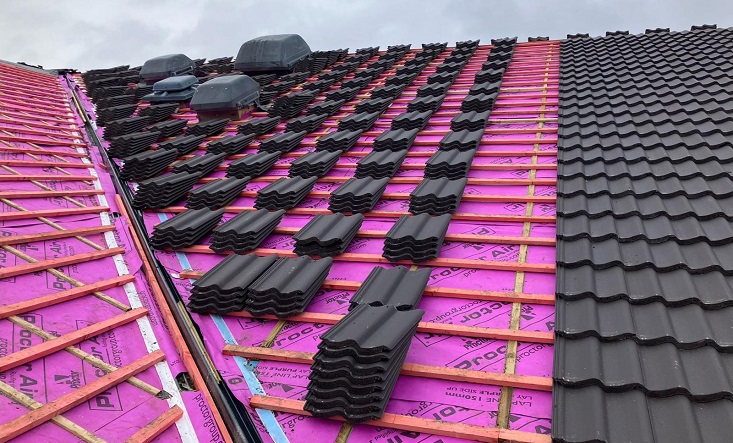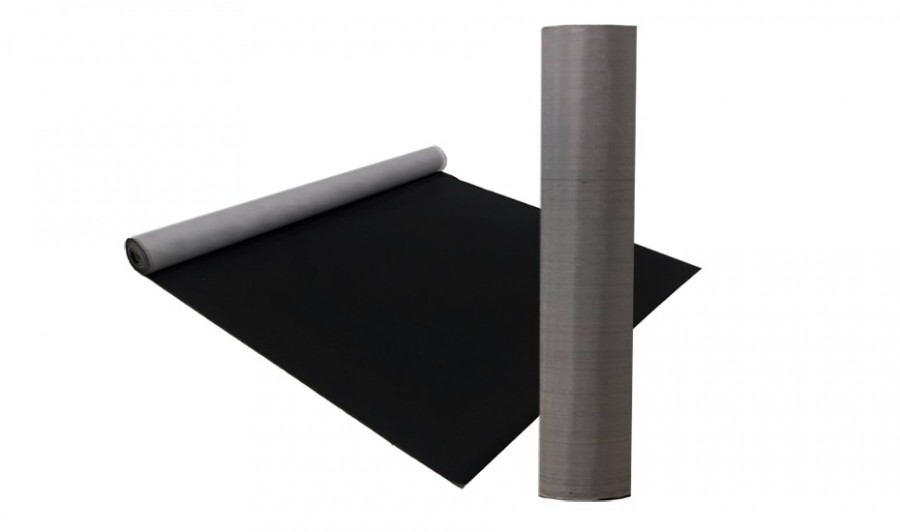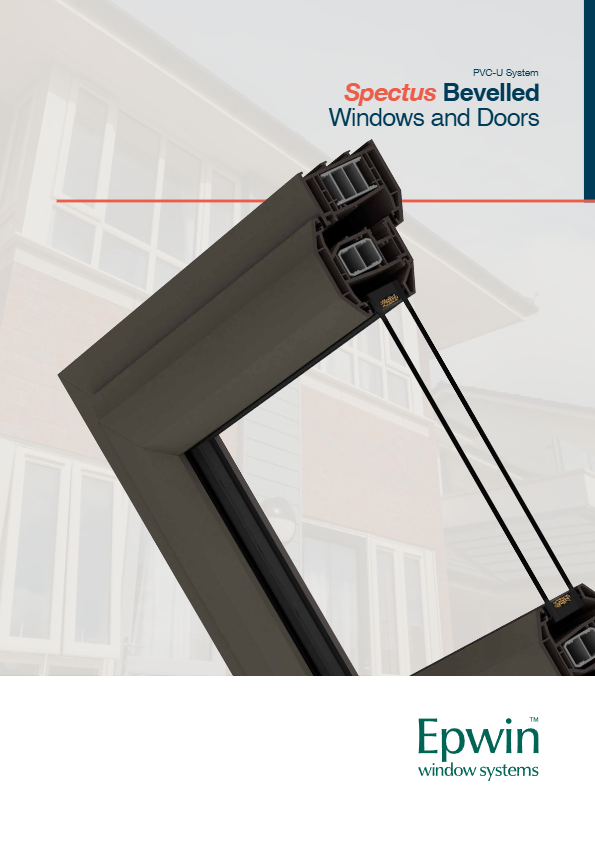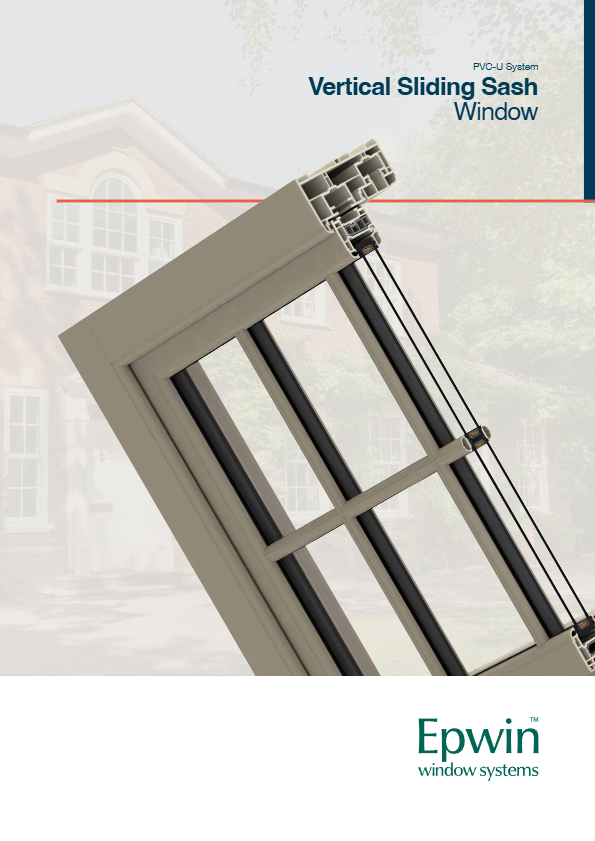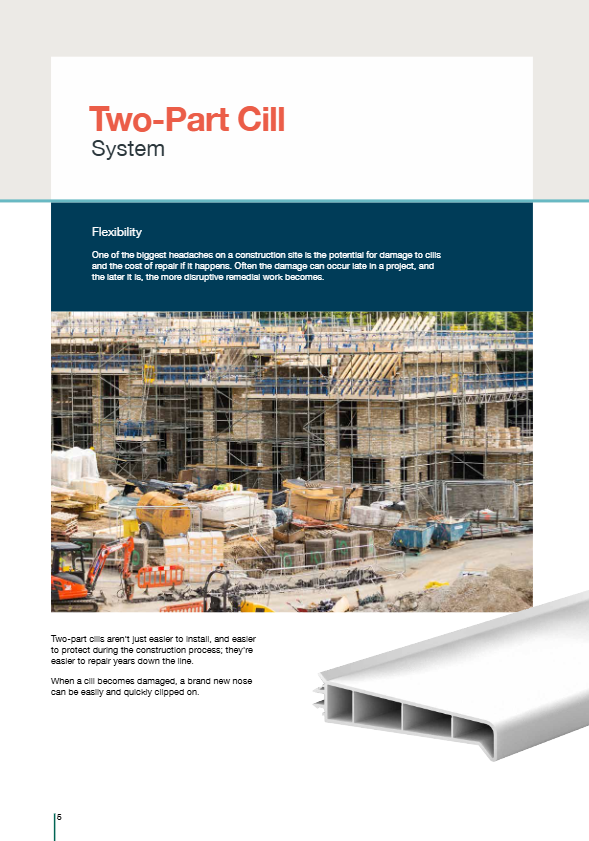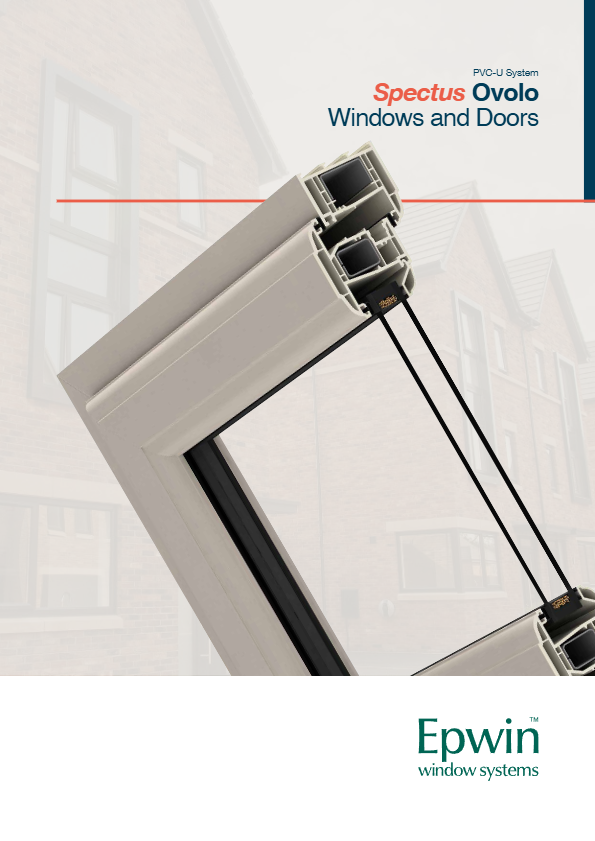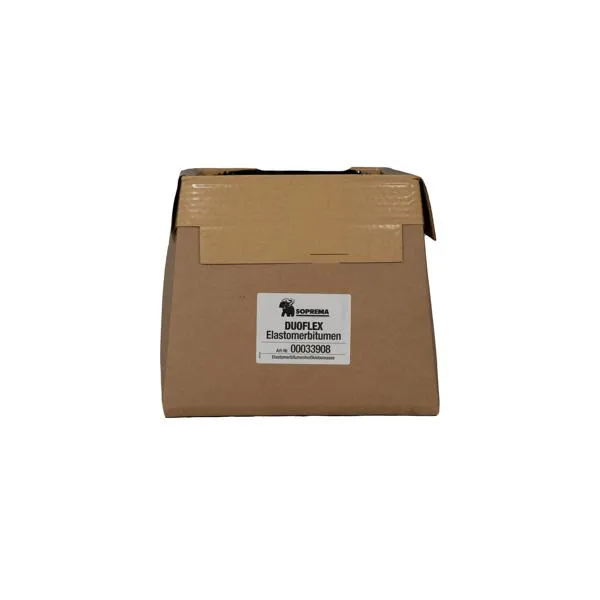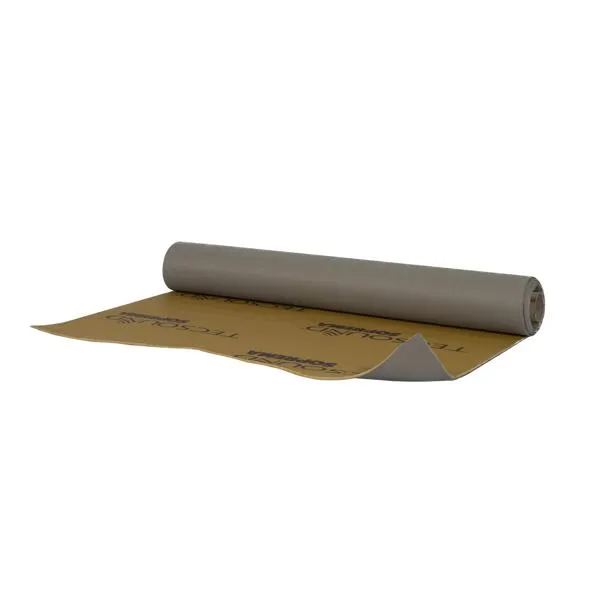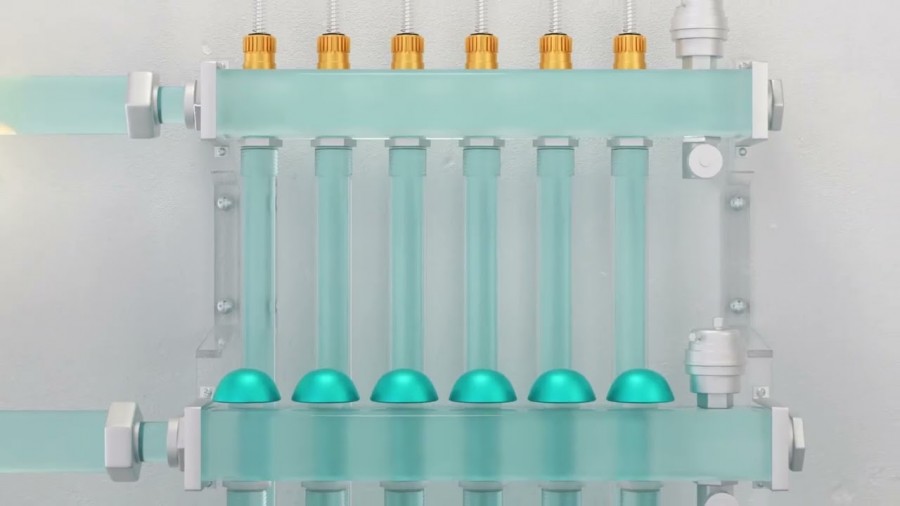The manufacturing downturn deepened in May, as rates of contraction in output, new orders and employment all accelerated.
Manufacturers were hit by weak domestic market sentiment, lower new export order intakes and client destocking, which offset the tapering benefits from improving supply chains.
There was better news on the costs front, however, with average input prices falling for the first time in three-and-a-half years.
The seasonally adjusted S&P Global / CIPS UK Manufacturing Purchasing Managers’ Index (PMI) fell to a four-month low of 47.1 in May, down from 47.8 in April but above the flash estimate of 46.9. All of the PMI components (output, new orders, employment, stocks of purchases and supplier lead times) signalled a deterioration in operating performance.
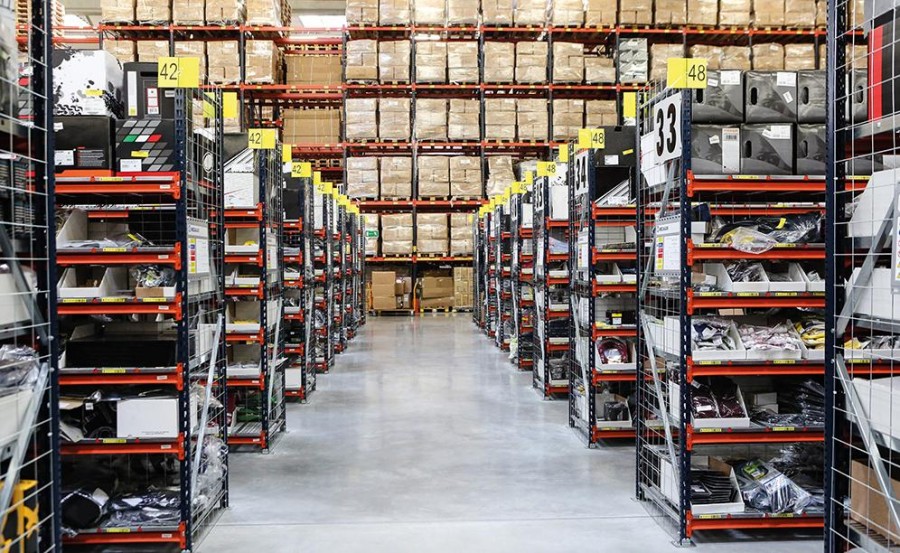
May saw manufacturing production scaled back for the third consecutive month. Alongside weaker new order intakes, component shortages and client destocking, output levels were also impacted by the extra bank holiday.
The level of new business declined again in May. The rate of contraction was the fastest in four months, reflecting weaker demand from domestic and overseas clients. Customer destocking, subdued market confidence and economic slowdown all weighed on new work inflows.
New export orders fell for the sixteenth consecutive month in May, as overseas demand for UK manufactured products remained lacklustre. There were reports of weaker new work intakes from the US and Europe, linked to rising international competition and (in the case of the EU) customers switching to local sources to avoid post-Brexit trade and transportation complications. Sector data signalled that the downturns in UK manufacturing output and new orders were both focussed on the intermediate and investment goods industries.
The consumer goods category was a brighter spot, seeing production and new work rise at the fastest rates since February 2022. Manufacturers' outlook stayed positive in May, with 57% forecasting production would be higher in 12 months' time and only 7% anticipating a contraction. Confidence was linked to new product launches, hopes for a more conducive cost environment and a prospective market recovery.
Near-term concerns about weaker demand and cost considerations continued to drive trends in staffing, purchasing and input stock holding, however. Job losses were registered for the eighth month running, amid reports of redundancies, non-replacement of leavers and over[1]staffing. Input buying volumes and stocks of purchases also contracted. Manufacturers saw improved news on the costs and supply fronts during May.
Following a long and often marked period of sustained purchase price increases, the latest survey saw a mild fall in average input costs. That said, the impact was mainly felt in the intermediate goods industry, as consumer and investment goods producers continued to report increases (albeit at slower rates). Pressure on supply chains continued to ease in May, as average vendor performance improved to an extent similar (but not quite matching) March's survey record high. Manufacturers linked this to better material availability and reduced logistical issues.
Average output charges rose again during May, as manufacturers acted to protect and repair margins from the damage caused by recent steep cost increases. However, with market demand weak and signs of inflationary pressure potentially stabilising, the rate of increase in selling prices was the weakest for two-and-a-half years.
Rob Dobson, Director at S&P Global Market Intelligence, said: “The UK manufacturing downturn deepened in May, with output, new orders and employment all falling at increased rates. Manufacturers are finding that any potential boost to production from improving supply chains is being completely negated by weak demand, client destocking and a general shift in spending in the UK away from goods to services. These factors are also driving a broad decrease in demand from overseas amid reports of lost orders from the US and mainland Europe. The retrenchment in export demand is also being exacerbated by some EU clients switching to more local sourcing to avoid post-Brexit trade complications.
“Although near-term conditions remain challenging overall, manufacturers are still finding reasons for optimism including brighter news on the price and supply fronts. Average input costs fell for the first time in three-and-a-half years, allowing some firms to maintain efforts to repair and protect margins damaged by a long and often severe period of cost inflation. The recent healing in global supply chains is also continuing apace, with lead times shortening to a near record extent in May.”
Dr John Glen, Chief Economist at the Chartered Institute of Procurement & Supply, said: “Maker misery continued in May with the fastest fall in production for four months as the manufacturing sector stayed in contraction for the tenth month in a row and for all of 2023 so far. There was a distinct easing in all the manufacturing indicators in the UK with new orders and employment both falling.
“Improved efficiencies in supply chains were partly to blame for the four-month low in new orders as safety stocks were used up and especially domestic businesses became more confident that ordered goods would arrive. However, another fall in export orders for the sixteenth month demonstrated that customers from overseas became tired of additional administrative Brexit checks. The fear around near shoring goods became a reality and the fall in overseas interest was the fastest since January.
“More interest rate rises increasing business costs and the pressure from stubborn inflation will continue to keep business owners awake at night. The threat of recession narrowly missed at the end of last year hasn’t passed entirely so businesses will be tightening their belts for lean times to come which could include more job shedding and reduced operations.”








